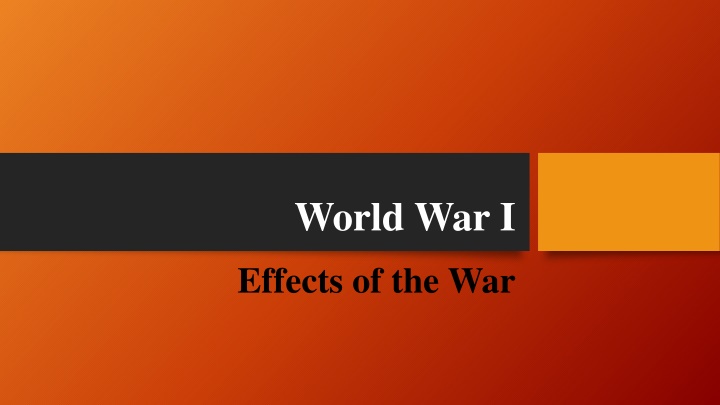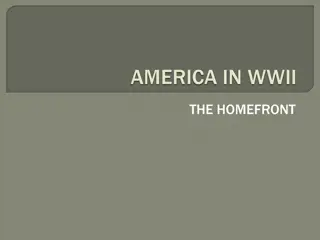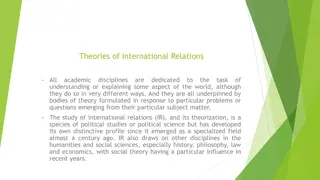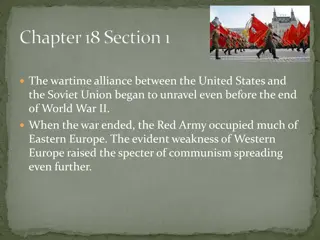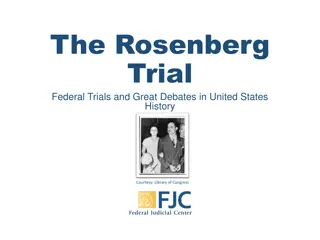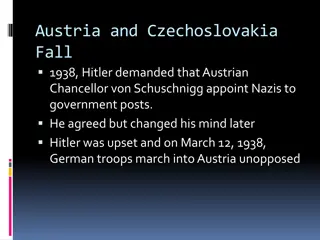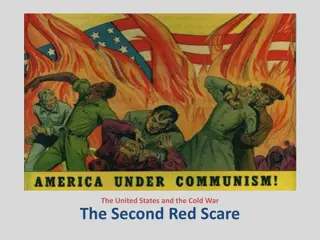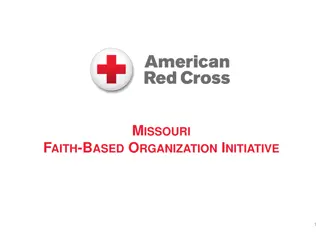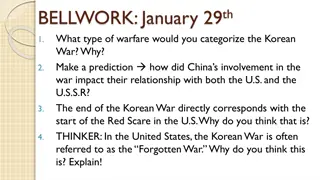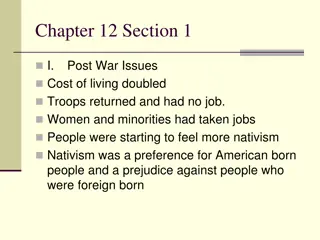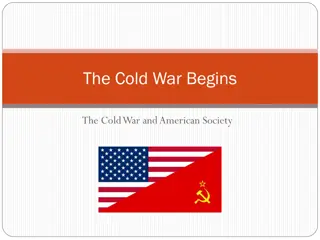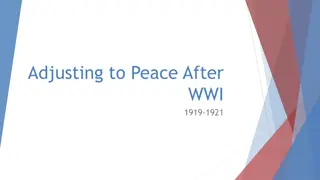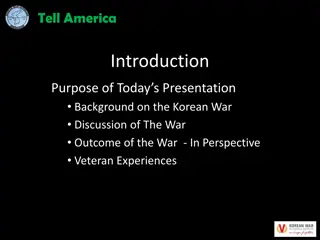Effects of World War I: Unstable International Order & Emergence of Red Scare
The end of World War I brought about significant global changes, including an unstable international order, territorial losses, harsh reparations leading to revenge motives in Germans, and Americans questioning their global role. The post-war era also saw the devastating impact of the Spanish Flu pandemic and the rise of the Red Scare due to fears of radicals and communists, culminating in events like the American Civil Liberties Union formation and the controversial trial of Sacco and Vanzetti. These historical events shaped the socio-political landscape of the early 20th century.
Uploaded on Feb 27, 2025 | 2 Views
Download Presentation

Please find below an Image/Link to download the presentation.
The content on the website is provided AS IS for your information and personal use only. It may not be sold, licensed, or shared on other websites without obtaining consent from the author.If you encounter any issues during the download, it is possible that the publisher has removed the file from their server.
You are allowed to download the files provided on this website for personal or commercial use, subject to the condition that they are used lawfully. All files are the property of their respective owners.
The content on the website is provided AS IS for your information and personal use only. It may not be sold, licensed, or shared on other websites without obtaining consent from the author.
E N D
Presentation Transcript
World War I Effects of the War
America Adjusts to Peace The end of World War I produced an unstable international order Loss of territory and harsh reparations encouraged a strong desire of revenge in Germans In the US, horrors of the war and fears of communists led Americans to question their role in the world
The Spanish Flu September 1918: an unusually deadly form of the flu virus appeared Once the virus began, it spread like wildfire and killed millions worldwide
The Red Scare After World War I, labor strikes ignited a fear of radicals and communists The emergence of the Soviet Union as a communist nation fed these fears Communist ideology called for an international workers revolution and Vladimir Lenin encouraged revolutions outside his nation
The Red Scare Revolutionary activity abroad and strikes across the US prompted the first American red scare (a wave of widespread fear of suspected communists thought to be plotting revolution) Authorities discovered bombs mailed to important industrialists and government officials In a series of raids in early 1920, police arrested thousands of people, most of whom were never charged or tried for a crime
The Red Scare To many, these actions were an attack on personal liberties 1920: the American Civil Liberties Union (ACLU) was formed to protect these liberties in the courts Nicola Sacco and Bartolomeo Vanzetti were two Italian immigrant anarchists charged with shooting and killing two men during a holdup
The Red Scare The two were accused because eyewitnesses said the robbers looked Italian Though they were represented by the ACLU, they were quickly found guilty despite little hard evidence being against them Many charged they were found guilty because of their ethnicity and political beliefs than by evidence, nevertheless they were executed on August 23, 1927
Embracing Normalcy Though Wilson hoped the election of Democrat James Cox would prove Americans support for the League of Nations, Warren G. Harding was elected Harding called for a return to normalcy, returning to the simpler times before Wilson took office Though Harding was elected, the US did not completely withdraw from world affairs
Embracing Normalcy By 1920, US was an economic giant Was the richest, most industrialized country in the world British and French demand for US goods created an immense trade unbalance and Europeans had to borrow money from American bankers The US embraced its new role as a quiet giant
New Order After the war German and Russian monarchies toppled Austro-Hungarian and Ottoman Empires no longer existed Britain and France victorious, but economically and politically weak US came out strong, confident, and prosperous
